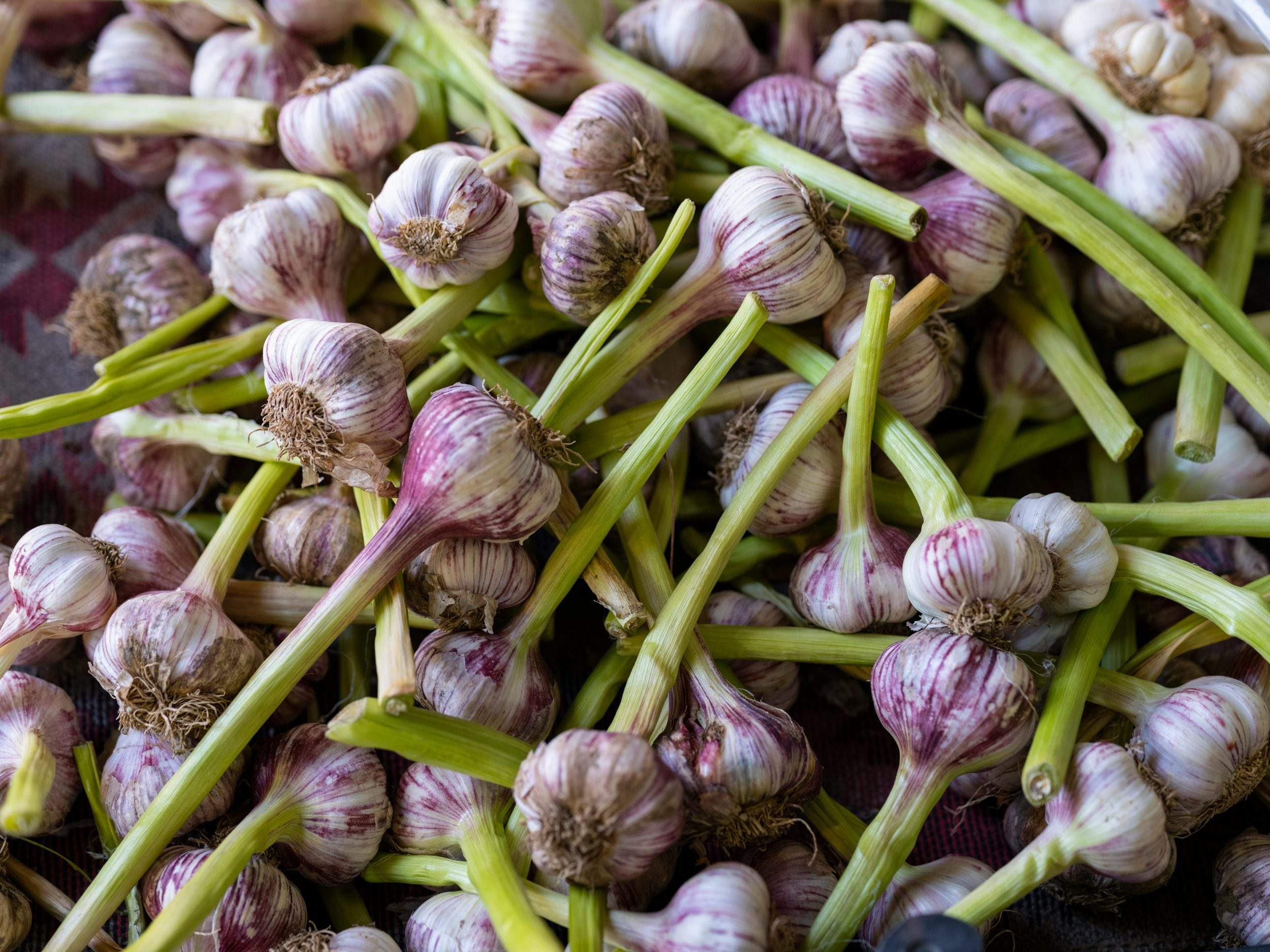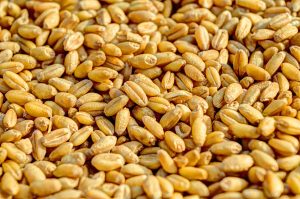Root-to-Stem: Whole Vegetable Cooking
Vegetables are an essential part of a healthy diet. They provide essential nutrients and play a crucial role in keeping our bodies functioning at their best. However, the sad truth is that we often use only a small fraction of the vegetables we purchase. While we might diligently chop up the main portion of the vegetable for our meals, we typically dispose of the leaves, stems, and roots. But what if we told you that these “leftovers” not only contain vital nutrients but can also add a whole new dimension of flavor to your dishes? This is where root-to-stem cooking comes in. In this article, we’ll take a closer look at what root-to-stem cooking is and why it’s becoming increasingly popular in the culinary world.
The Concept of Root-to-Stem Cooking
Root-to-stem cooking is a philosophy of preparing and consuming vegetables in their entirety. This means using not just the main edible portion, but also the leaves, stems, and roots of the vegetable. The idea is to minimize food waste and maximize nutrition by using all parts of the plant. While the concept might seem new, it is actually a throwback to traditional cooking methods that have been practiced in various cultures for centuries.
The Benefits of Root-to-Stem Cooking
Aside from the obvious benefit of reducing food waste, there are many other reasons why root-to-stem cooking is gaining popularity. Here are just a few of them:
1. Nutritional Value
The leaves, stems, and roots of vegetables often contain more concentrated amounts of vitamins, minerals, and antioxidants than the main portion. By incorporating them into your meals, you can boost the nutritional value of your dishes.
2. Unique Flavors
Root-to-stem cooking allows you to explore new flavors and textures in your meals. The different parts of a single vegetable can have distinct flavors and bring depth to your dishes. For example, broccoli stems are slightly sweeter compared to the head, while beet greens have a mild earthy flavor.
3. Cost-effective
Root-to-stem cooking is not only environmentally friendly; it is also pocket-friendly. By using all parts of the vegetable, you can stretch your ingredients and save money on your grocery bill.
How to Incorporate Root-to-Stem Cooking into Your Meals
If you’re new to root-to-stem cooking, the idea of using every single part of a vegetable might seem daunting. But fear not, here are a few ways you can start incorporating this concept into your meals:
1. Make Vegetable Stock
Save all your vegetable scraps, such as onion peels, carrot tops, and herb stems, and use them to make a flavorful and nutritious broth. You can then use this stock as a base for soups, stews, or risottos.
2. Blend into Sauces and Dressings
Stems and leaves of vegetables like broccoli, kale, and cauliflower can add a nutritious boost to your sauces and dressings. Simply blend them up with other ingredients like herbs, nuts, and olive oil for a delicious and nutritious addition to your meals.
3. Roast Root Vegetables with Their Greens
The next time you roast root vegetables like beets, carrots, or turnips, don’t throw away the greens. Instead, toss them in olive oil and roast them alongside the root vegetables. The greens will become crispy, adding a delicious crunch to your dish.
4. Incorporate Roots and Stems into Stir-fries
Root and stem vegetables like celery, fennel, and leeks are perfect for stir-fries. Sauté them with your favorite protein and other vegetables for a quick, flavorful, and nutrient-packed meal.
Final Thoughts
Root-to-stem cooking is a simple and effective way to reduce food waste and get the most out of your vegetables. It not only benefits your health and wallet but also helps protect the environment. So next time you’re preparing a vegetable-based meal, don’t forget to utilize all parts of the plant and discover the endless possibilities of root-to-stem cooking.










